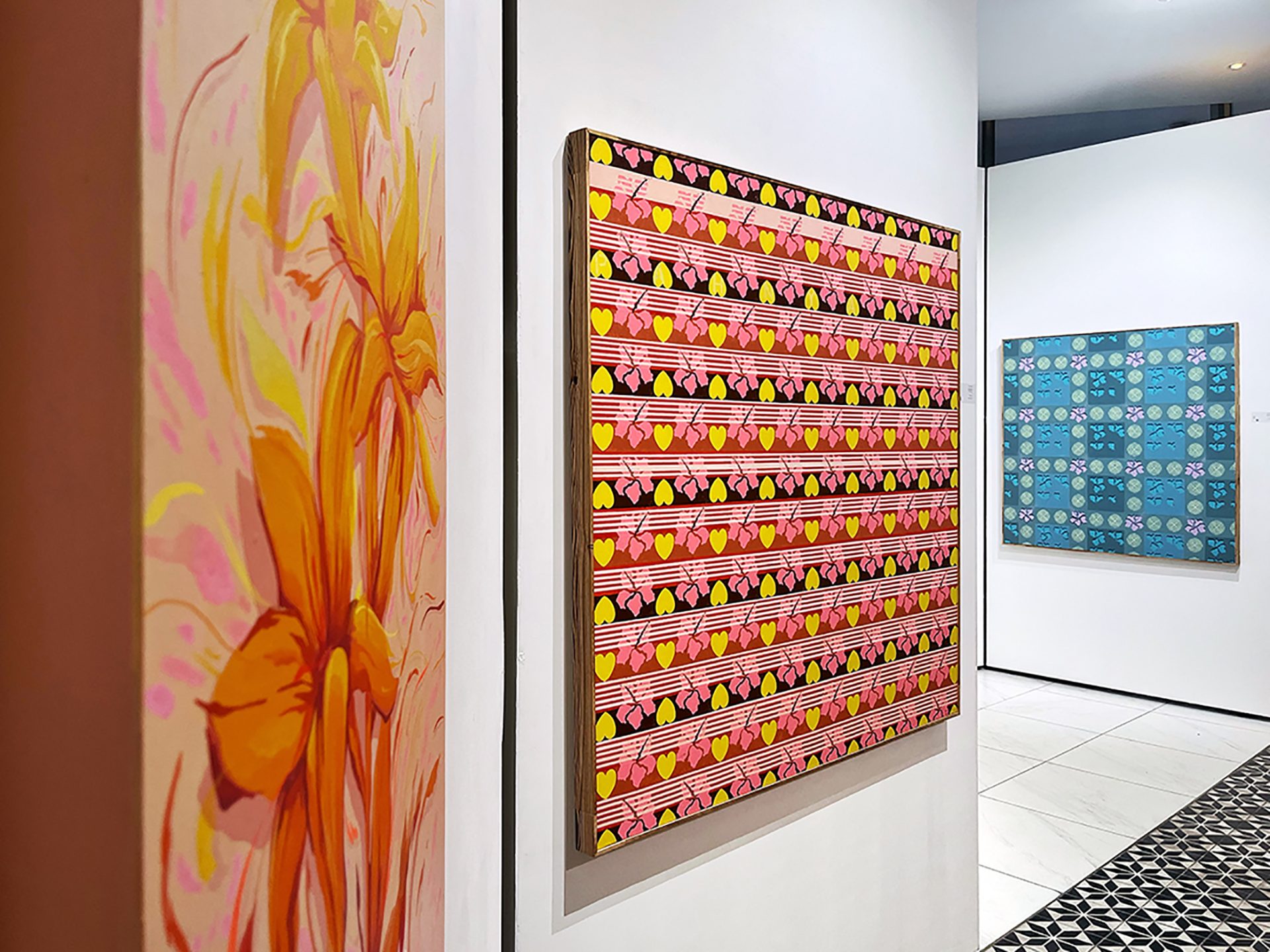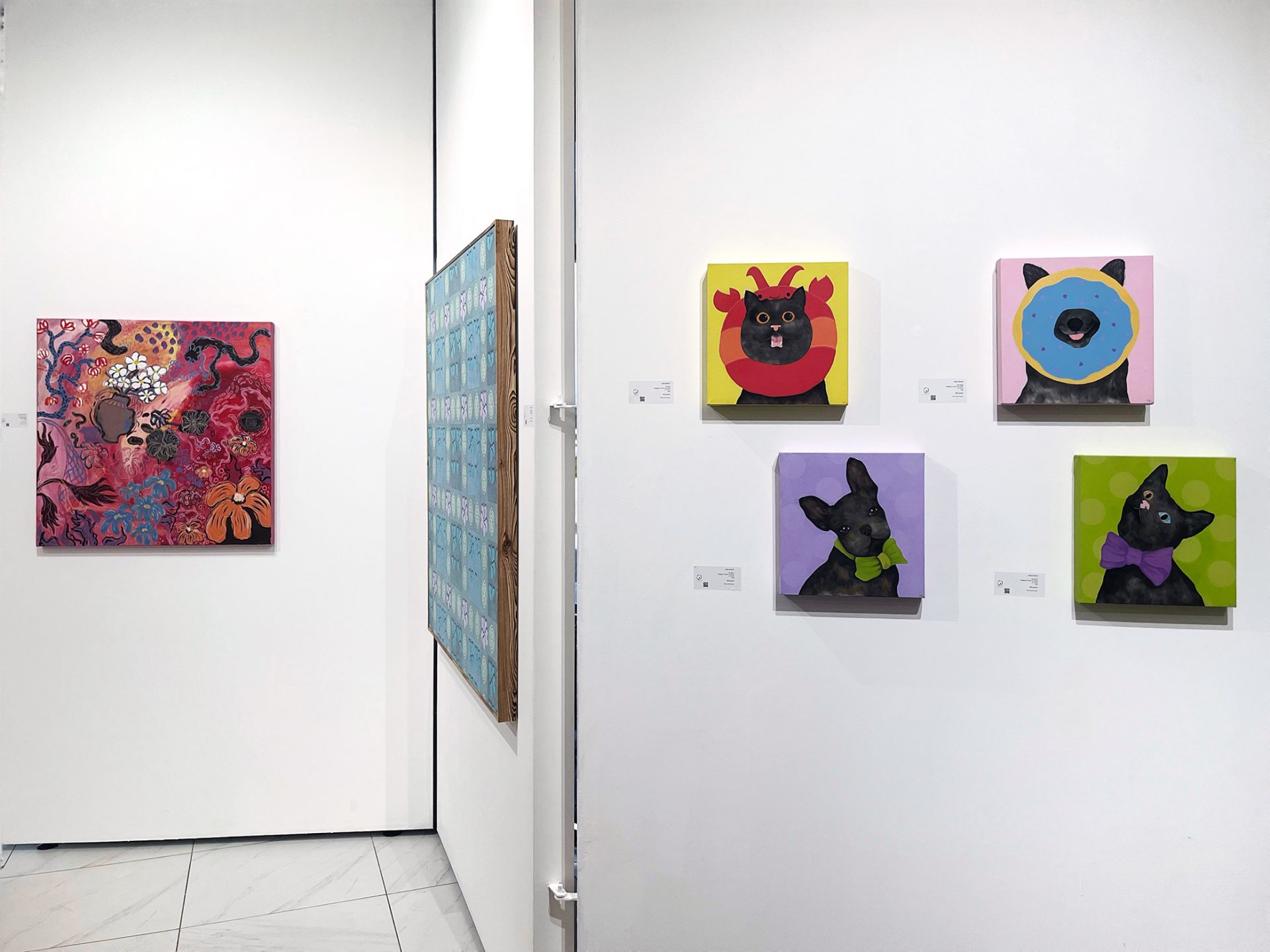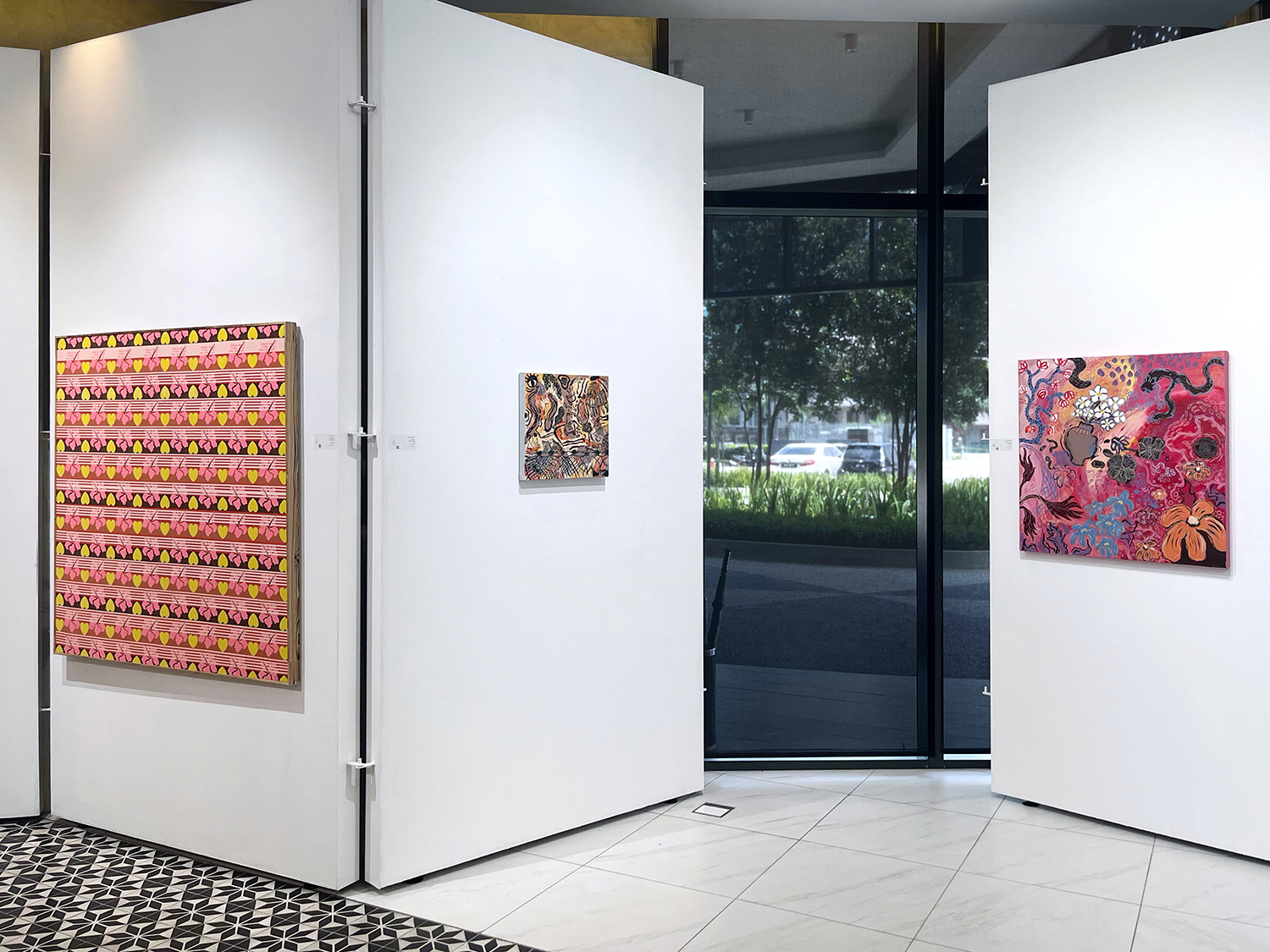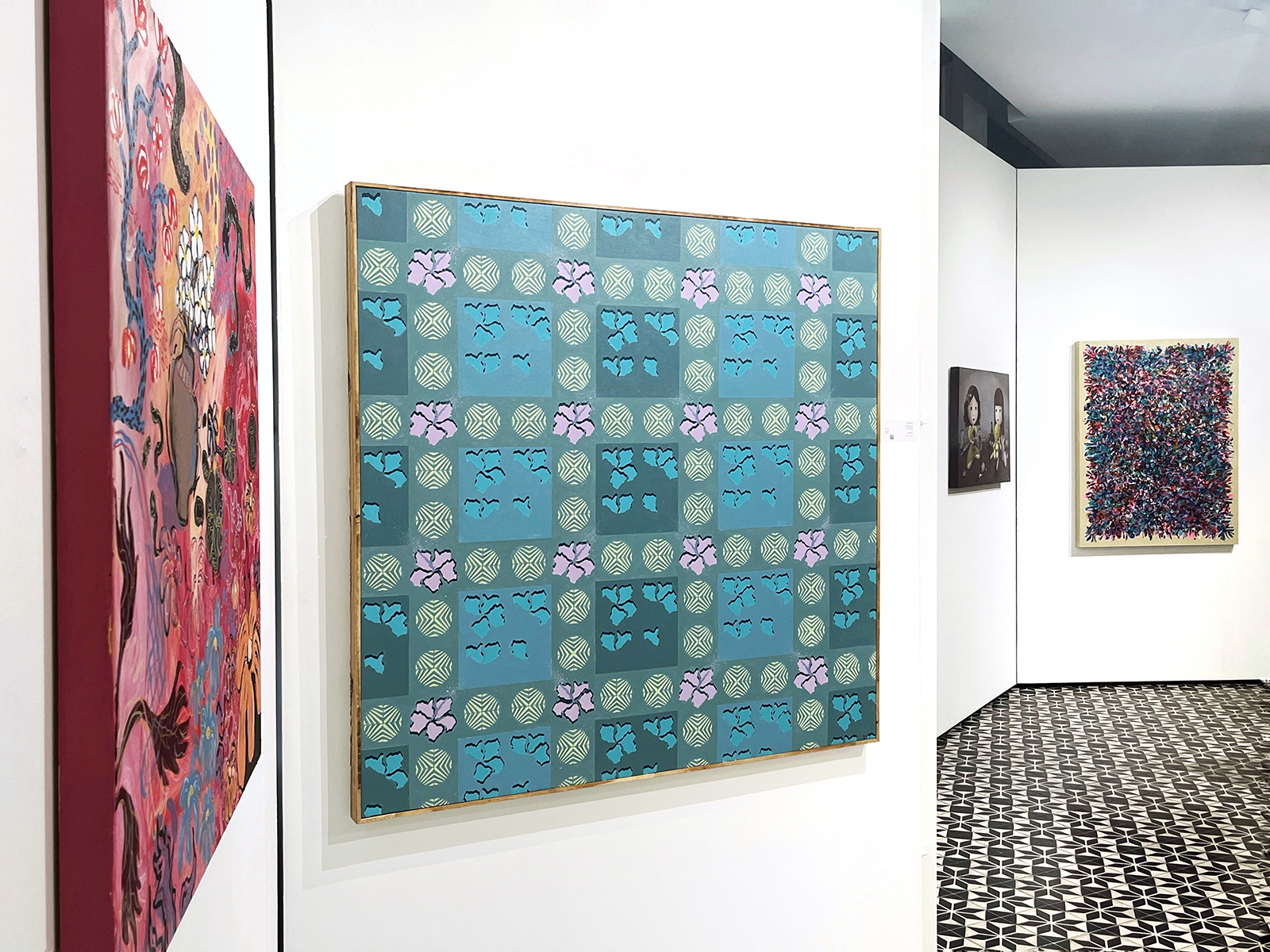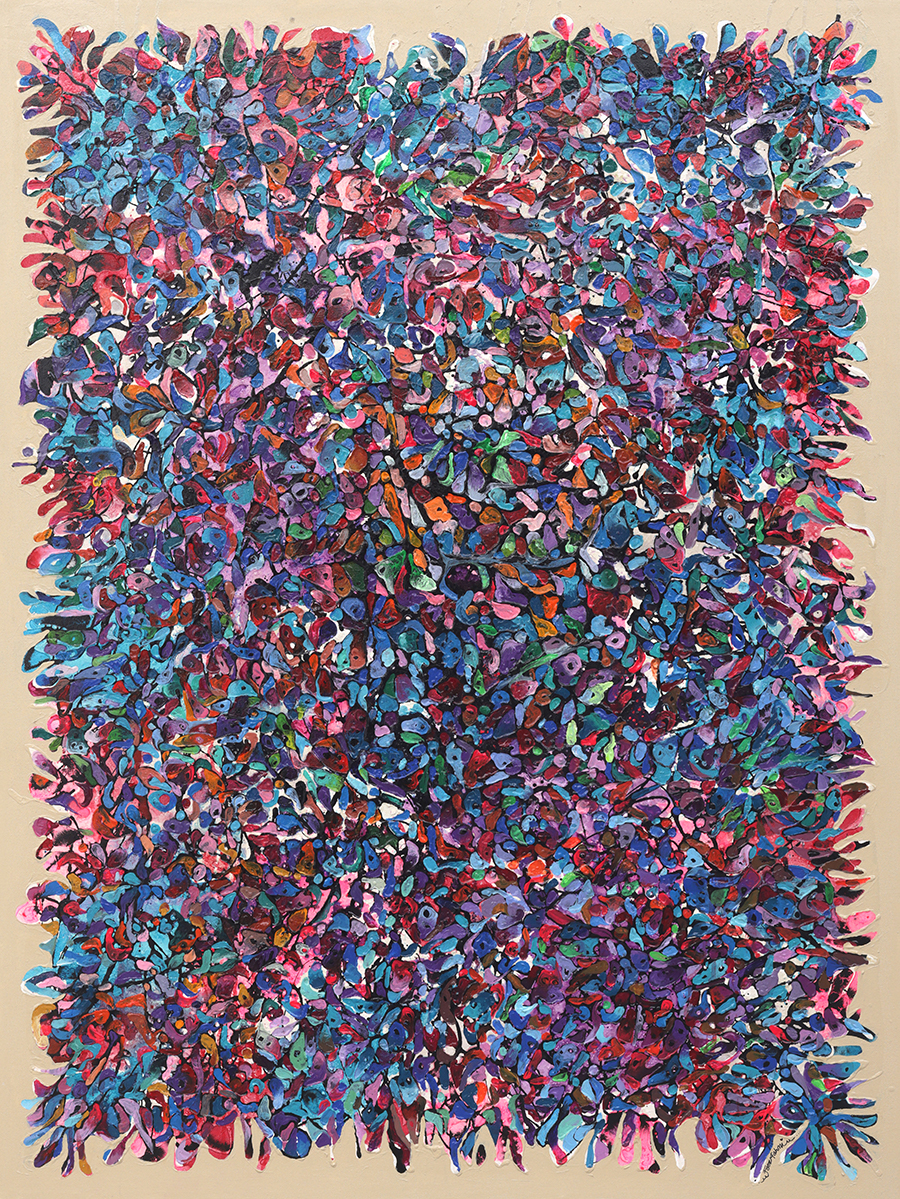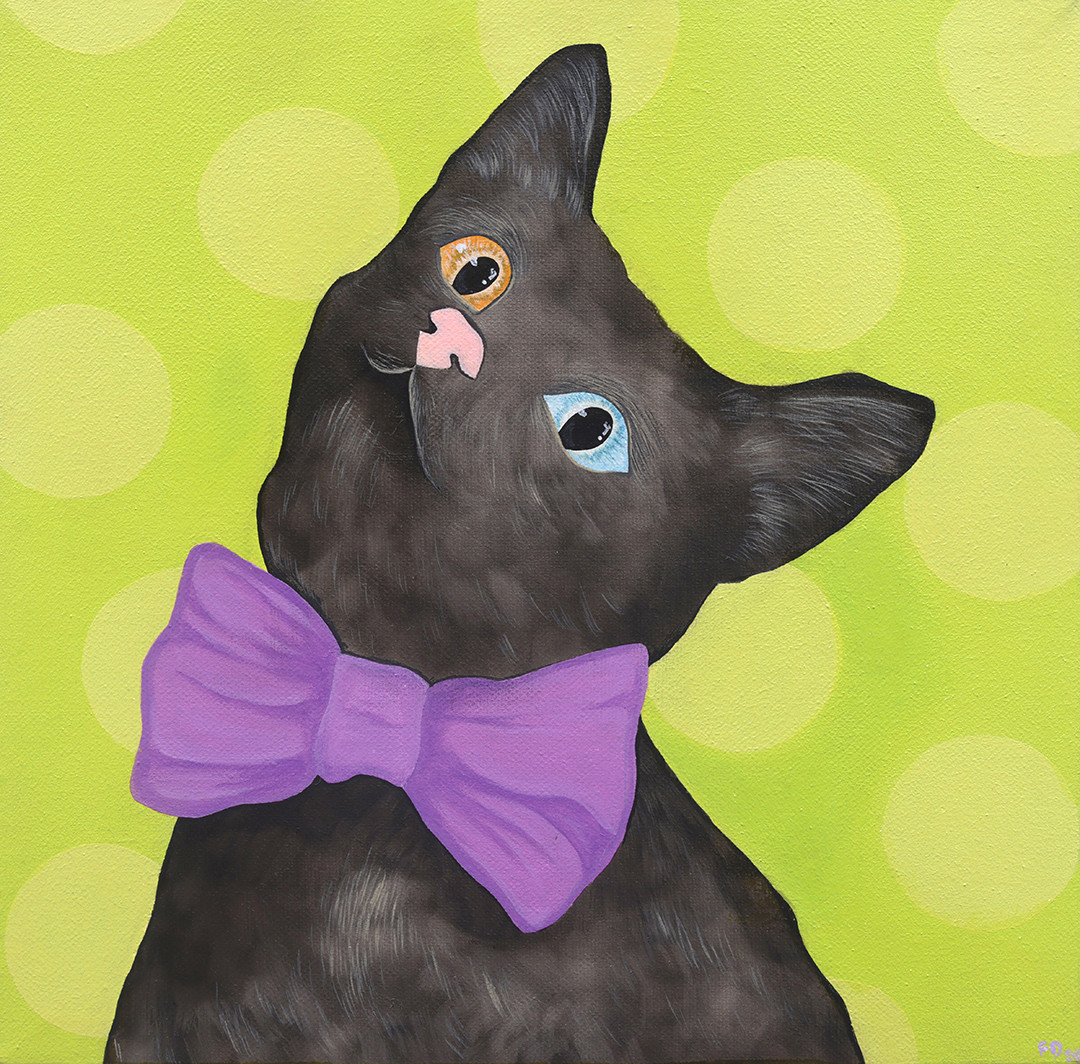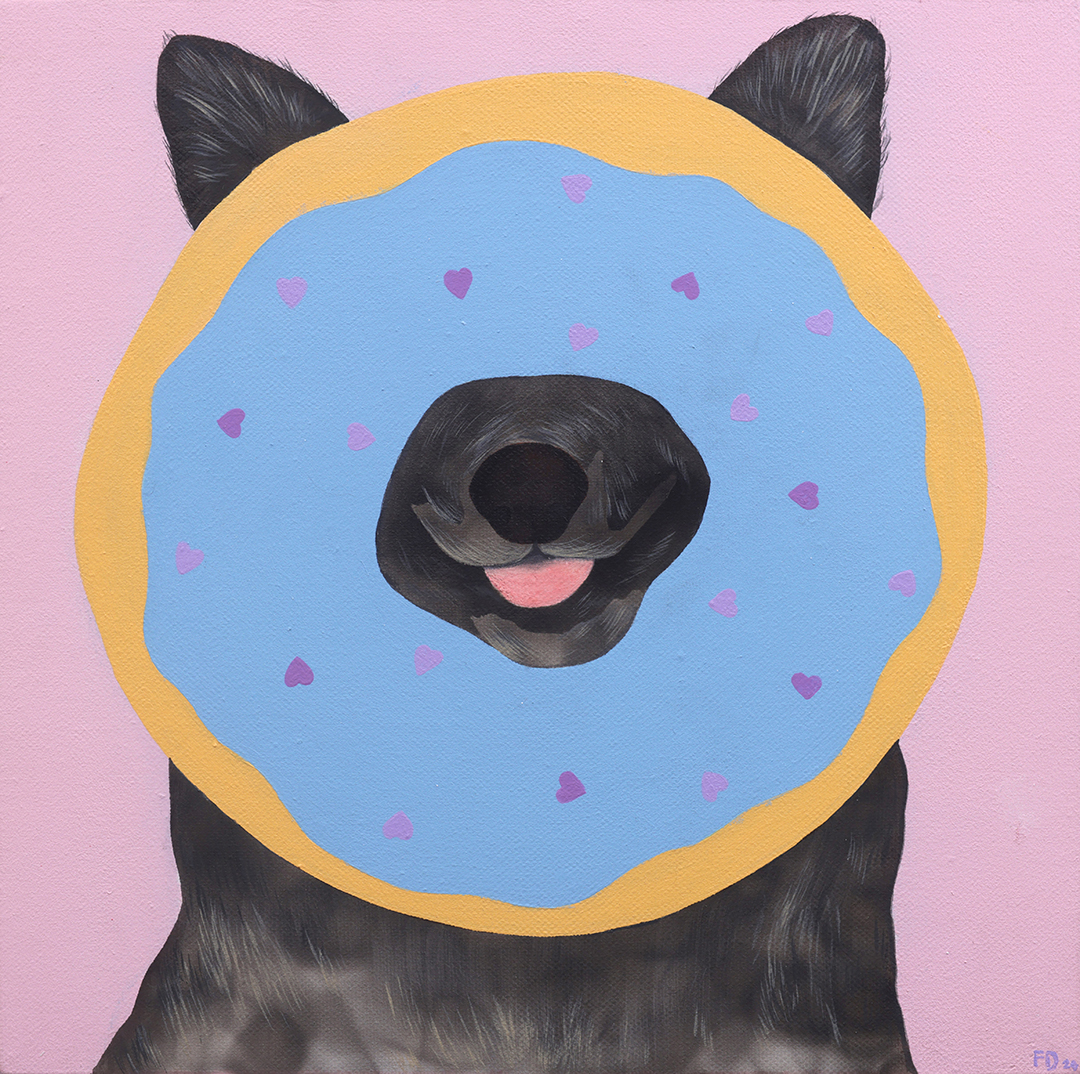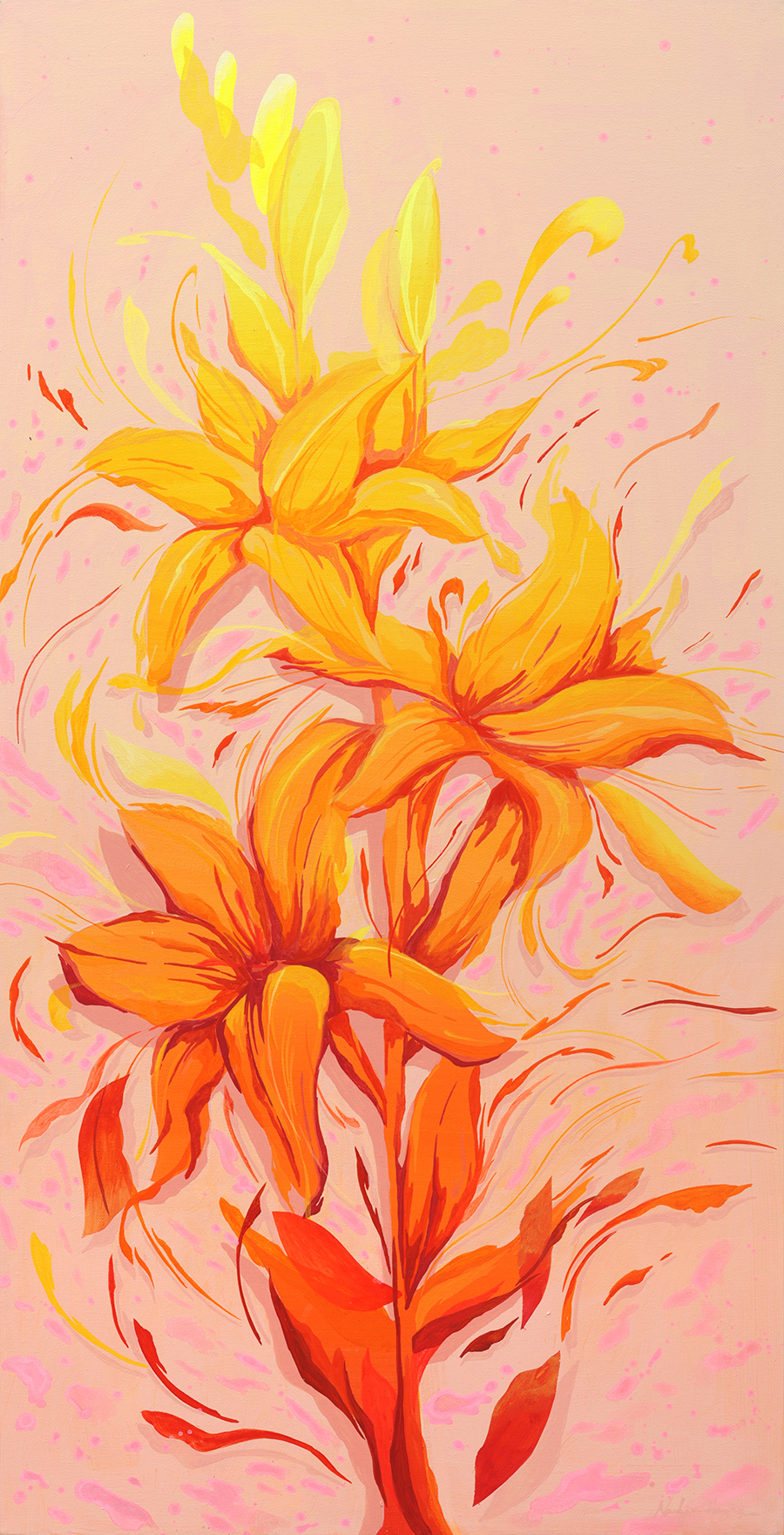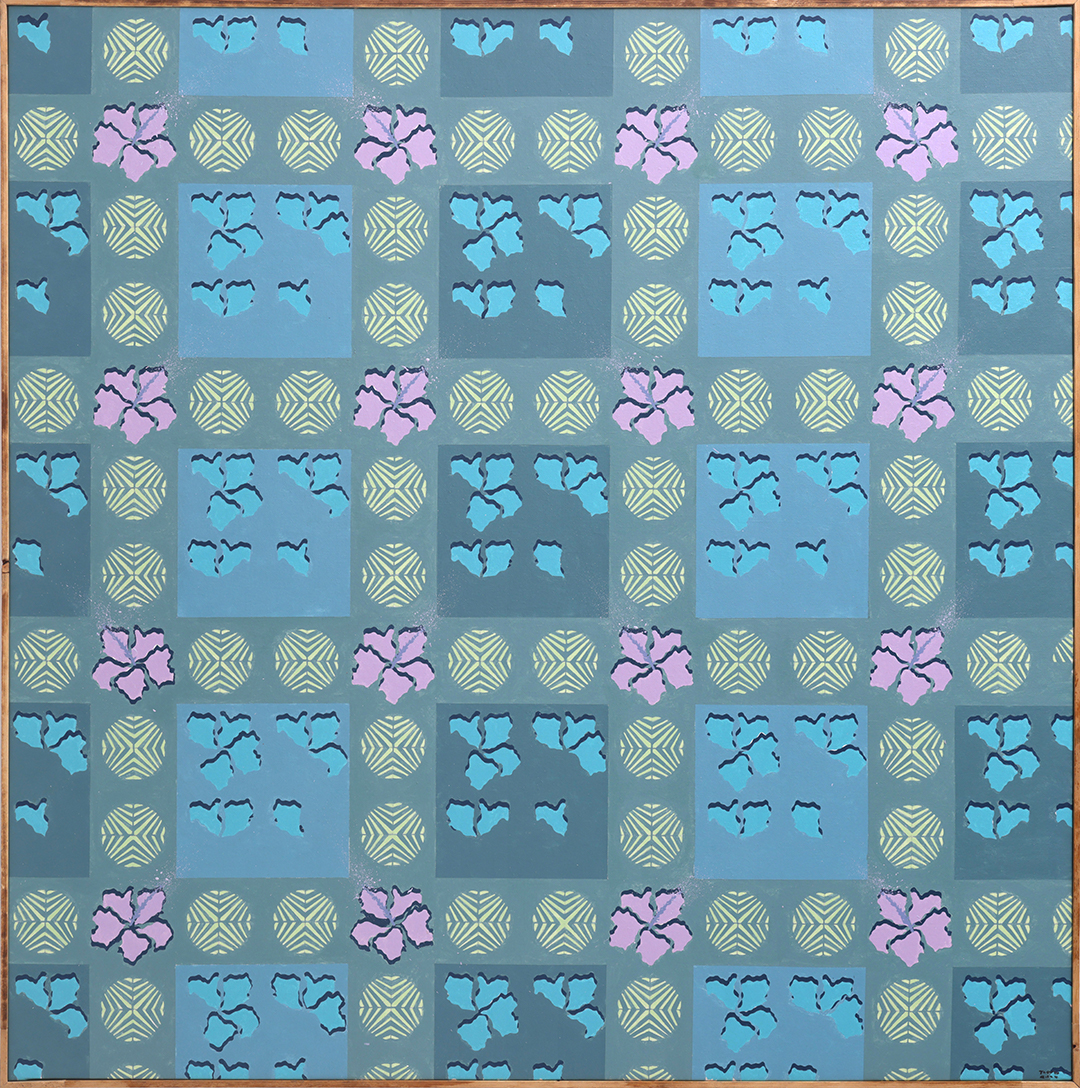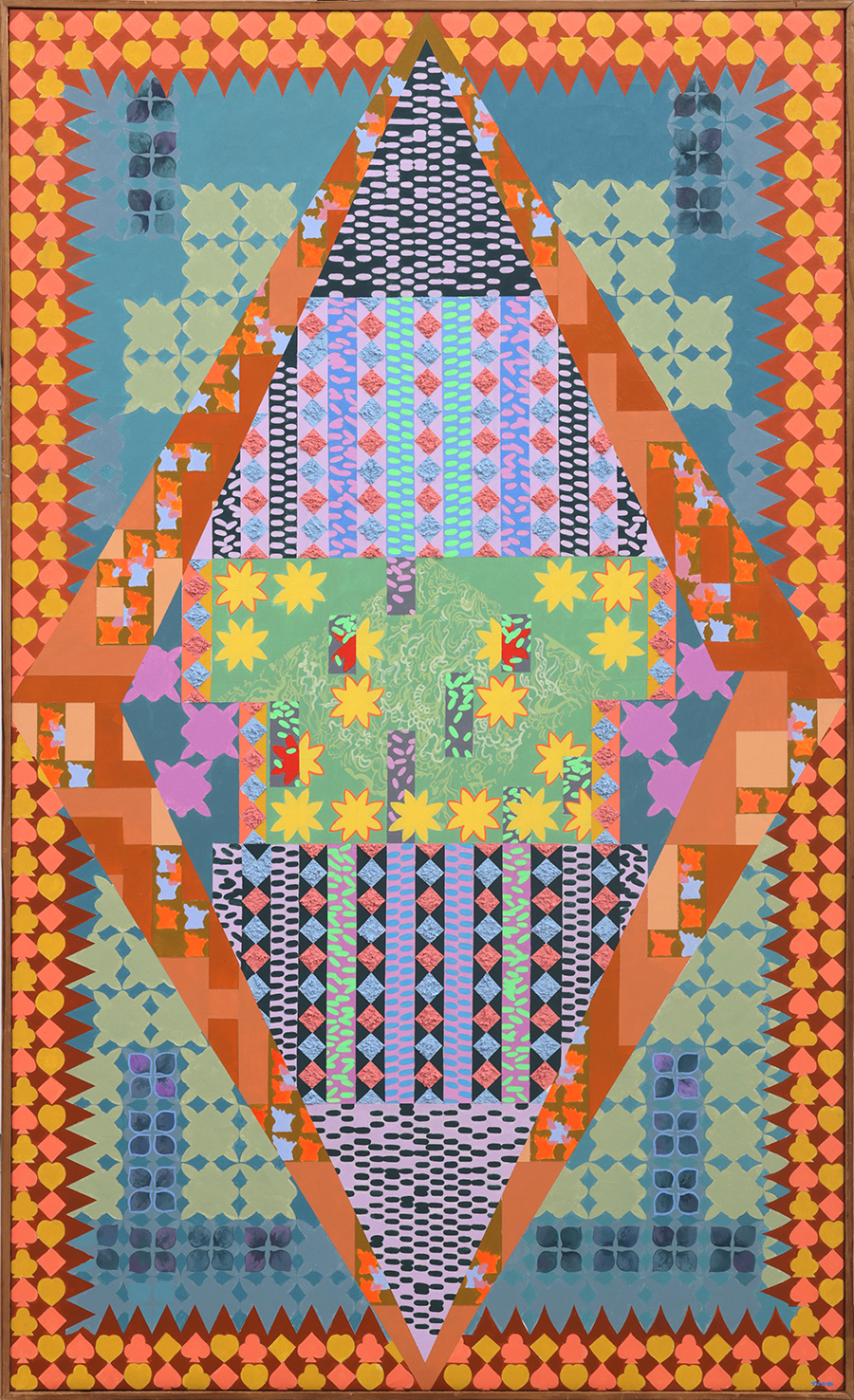What I’ve Been Looking For
Group Exhibition:-
Danielle Lin
Faez Fahmi
Fana Douau
Nadzrin Haziq
Tong Xin Lim
Zharfan Rashidi
1st October – 31st October 2024
Core Design Gallery @ SJCC Gallery
*Click on images to zoom in
The Intersection of Art, Lifestyle, and Home Design: A Journey of Personal Expression
In today’s world, the relationship between art, lifestyle, and home décor has evolved from being purely aesthetic to deeply personal. As we sit back and reflect, perhaps with a guitar in hand and an iced caramel latte on the table, we find that choosing art for our living spaces is no longer just about decoration. Instead, it’s about creating environments that resonate emotionally and reflect our true selves. While discovering what we truly need in life, selecting art that aligns with our lifestyle has become equally significant in shaping our personal spaces. The exhibition What I’ve Been Looking For explores this very connection—how art can evoke emotions in simplicity that fit seamlessly into our tiny homes, and express our individual identity.
The phrase What I’ve Been Looking For draws inspiration from the iconic Disney musical movie, High School Musical, that was released back in 2006. In the movie, the song’s lyrics reflect the idea of searching for someone to fill a void, only to realize they’ve been right beside you all along—a sentiment that easily translates to the world of art and home décor. Just as finding the right person feels like everything “clicks” into place, discovering art that complements your lifestyle has a similar effect.
In recent years, a noticeable trend has emerged: art that is easy to absorb and not too overwhelming has gained popularity, especially among younger audiences. These pieces, often described as “cutesy,” appeal to people who are just beginning to explore home décor or take tentative steps into art collecting. This trend reflects a cultural shift toward embracing simplicity and comfort in both design and life. Often inspired by mood boards, Instagram aesthetics, or Pinterest-style arrangements. In this context, art is no longer seen as an isolated object of admiration but as part of a curated environment that serves a larger purpose. It is something chosen not only for its visual appeal but for how it enhances the atmosphere of a room. In many ways, people today are selecting art as if they are building a personal gallery—one that tells a story about who they are, what they value, and how they live.
Moreover, this shift in perspective has made art more accessible. Thanks to social media platforms and design tools like Pinterest, individuals can easily curate their ideal home environments. Art has become something that anyone can appreciate and incorporate into their space, rather than something reserved for high-end collectors or galleries. It has moved from the periphery of design to the forefront, becoming a practical tool for self-expression and personal fulfillment.
In conclusion, art has transcended its traditional role as an aesthetic object to become a vital part of how we live and express ourselves. The modern homeowner sees art as more than decoration; it’s a way to communicate identity, evoke emotions, and enhance the overall atmosphere of a living space. Whether inspired by pop culture, personal taste, or interior design trends, the pieces we choose today help us create homes that are as much about our aspirations as they are about our day-to-day comforts. In this new landscape, art is not just something we look at—it’s something that speaks to who we are and the life we want to lead.
- Danielle Lin
Coming from Ipoh, Perak, Danielle Lin (b.2001) graduated from the Malaysian Institute of Arts (M.I.A) with a Diploma in Fine Arts in 2021. She has participated in numerous competitions, exhibitions, and projects, also gaining experience as a curator for several exhibitions. In the same year of her graduation, Danielle was awarded the grand prize in ‘Bakat Mahasiswa,’ hosted by M.I.A and the National Art Gallery (Balai Seni Lukis Negara). Danielle’s art features an allegory of indirect, cynical yet humorous puns towards the reality of life, using cute characters or subjects to project a visual contradiction.
In “Twins,” Danielle explores the nuanced theme of contrasts within similarities, using the metaphor of two doll-like girls to reflect on how society perceives divergent practices. The piece introduces the first girl, whose fascination with taxidermy revolves around preserving the physical forms of animals that were once alive. This hobby, though often seen as eerie or unsettling, speaks to her desire to understand life and mortality by carefully studying and preserving its remnants. In contrast, the second girl collects plushies, endowing them with a kind of imagined life. Her behavior, while innocent on the surface, suggests a deeper need for connection and comfort through these soft, lifeless objects, blurring the line between reality and fantasy. Despite the apparent difference in their hobbies, both girls engage with lifeless forms in a way that challenges the viewer’s understanding of what is “normal” or acceptable.
Through this juxtaposition, Danielle uses “Twins” to critique societal judgments and the labels we assign to behaviours that against the norm. While taxidermy is often associated with death and evokes discomfort, the act of projecting life onto plush toys can seem equally peculiar, yet is generally accepted without question. By placing these two girls side by side, Danielle invites viewers to reconsider why certain hobbies are stigmatized while others are embraced, despite their inherent similarities. The duality of the girls’ practices mirrors the complexity of human behavior, asking us to question the boundaries of what is considered “normal” and challenging us to rethink our biases.
- Faez Fahmi
Kelantan-born artist Faez Fahmi (b. 1998) graduated with a master’s degree in Fine Art and Technology from the renowned UiTM in 2023. He had his first breakthrough in the year of 2021 by discovering his significant style of art while furthering his master studies. Later, Faez explores beyond the conventional material with the used of white cement as a medium for him to paint textures and meticulously built fine random shapes to replicate the fractions of flora and nature as a way for him reinterpreting the reflection the light and shadow.
Following his debut solo exhibition, “Luar Jendela,” Faez Fahmi continued to explore his fascination with nature through his ongoing “Landscaping by the Window” series, the latest of which is titled “Blue Sky Morning.” This new work draws inspiration from a deeply personal experience, where Faez was captivated by the serene beauty of an early morning scene. As he stood by the window, a refreshing breeze swept through the landscape, and the sky was painted with vivid hues of blue. In that fleeting moment, he felt an urge to capture the stillness and brilliance before the inevitable shift of weather and clouds.
In “Blue Sky Morning,” Faez seeks to immortalize this transient scene, focusing on the interplay of natural light and shadow. The soft rays of dawn pierced through the horizon, bathing the earth in a gentle glow, and Faez was particularly drawn to the way light delicately illuminated the landscape while casting distorted shadows on the grass. The contrast between light and dark, the ethereal reflection of nature, and the fleeting essence of the moment are central to the piece. Faez skillfully replicates these elements in his artwork, emphasizing the ephemeral beauty of nature’s subtle transformations as the day progresses. The distorted shadows, which fall upon the darkened grass, symbolize the impermanence of these natural moments—always changing, yet perpetually beautiful. Through this piece, Faez invites the viewer to pause and appreciate the serenity of nature, as seen through the eyes of an artist attuned to the smallest and most fleeting details of the world around him.
- Fana Douau
Fana Douau (b.1990) is an emerging artist from Malacca, Malaysia, known for her vibrant and expressive art pieces. She completed her Diploma in Fine Art at the renowned Malaysian Institute of Art (M.I.A) in 2021. In her earlier works, Fana was deeply influenced by the post-impressionist style, focusing primarily on nature as her subject matter. Over time, her artistic approach evolved as she began experimenting with various techniques and materials, including acrylics, charcoal, fumage, and beadwork. This exploration has shaped her current style, which centers around joyful, emotionally resonant subjects like pets, particularly cats and dogs. Fana uses bright, brilliant colors to convey happiness and emotion directly from her heart to the canvas, creating art that is both exhilarating and uplifting for viewers.
In her latest series, Fana brings to life a collection of playful and vibrant animal portraits, skillfully created using fumage and acrylic on canvas. This body of work reflects her ongoing exploration of joy, humor, and the deep emotional connection between humans and their pets. Each piece features familiar animals adorned with whimsical accessories such as bows, donuts, or quirky costumes, which highlights their unique personalities and charm. With a vivid, lively color palette and expressive details, these portraits beautifully capture the warmth, affection, and companionship that pets offer.
Nadzrin Haziq
Nadzrin Haziq is a contemporary Malaysian artist known for his innovative approach to visual storytelling. Born and raised in Malaysia, Nadzrin’s artistic journey began with a strong foundation in fine arts, which he further developed through his studies. His work often merges traditional techniques with modern themes, exploring topics such as identity, culture, and the complexities of human emotion. With a unique style that blends bold colors, intricate details, and diverse media, Nadzrin’s art resonates with audiences both locally and internationally, earning him recognition as a rising talent in the Malaysian art scene.
Flowers always remind him of hope and dreams. To Nadzrin, their beauty and the way the flowers bloom are metaphors for life itself. This artwork represents someone at the beginning of their journey, full of fresh energy and determination as they pursue their dreams. The lily, often symbolizing a fresh start, embodies this sense of new beginnings. The term “blazing” reflects the inner fire and relentless spirit driving one to do whatever it takes to achieve their goals. The interplay between the delicate nature of flowers and the fierce energy of fire reminds him of life’s dualities—fragility and strength, beauty and resilience, all intertwined in the pursuit of dreams.
Tong Xin Lim
Tong Xin Lim is an emerging Malaysian artist whose work blends traditional and contemporary elements to explore themes of identity, culture, and personal experience. Born in Malaysia, Tong Xin completed her formal education in fine arts, where she developed a distinctive artistic style characterized by intricate details and a thoughtful use of mixed media. Her work often reflects her cultural heritage and the complexities of modern life, creating visual narratives that invite viewers to reflect on their own identities and the world around them. Known for her exploration of personal and collective memory, Tong Xin’s art resonates with emotional depth and a strong sense of storytelling.
In Tong Xin Lim’s artwork titled ‘Five Petal of Music’ and ‘Five Petal of Unity’ , she would like to describe the charm of Malaysia that shines through the loudness of the national anthem and the spirit of unity among all races. Specifically, in her work, the reddish brown and eye-catching yellow represent the rich natural resources of this beautiful land. “Fate unites diverse backgrounds. Though differing in race, we share a common heart. Hard work and our collective contributions instill pride in our homeland, embodying a collective spirit of resilience and harmony”. In ‘Marvelous’. the hourglass-inspired design depicts the passage of time and life’s constant challenges. The surrounding playing card suits represents the hierarchy and order of society and the perfect core is made up of blocks of various sizes.
Zharfan Rashidi
Women are often linked to flowers because both embody elements of delicacy, beauty, and hidden strength. Just as the soft petals of a flower, women possess gentleness in their demeanor and touch, full of love and empathy. This gentleness represents an inner beauty that cannot be measured by physical appearance alone. In my artwork “Mekar Seribu Puspita,” I tell the story of my experience with nature. After the monsoon season, I began to notice that the forests and thickets around my home started blooming with beautiful flowers. Despite being surrounded by wilderness, they proudly bloom, spreading their petals as dawn arrives. The resilience of flowers, able to thrive in challenging conditions, such as extreme weather, mirrors the strength of women. Though often seen as physically weak, women possess extraordinary mental and emotional fortitude when facing life’s trials. To me, the visual representation of flowers itself radiates a positive aura and offers benefits to those around them.
Childhood memories have no expiration date in the mind. The beautiful moments still linger vividly. “Rumah Tok” depicts the experience of living with my grandmother in the village has impressed upon me that memories cannot be bought or sold. The visuals in this piece are rich with various kinds of memories. Memories of fishing, catching fish using traditional tools. In addition, I remember watching my grandmother clean fish to be made into salted fish. There is also a visual of the drying area and the fish nets that my grandmother often used during the flood season. All these memories remain strong and are carefully preserved to this day.


